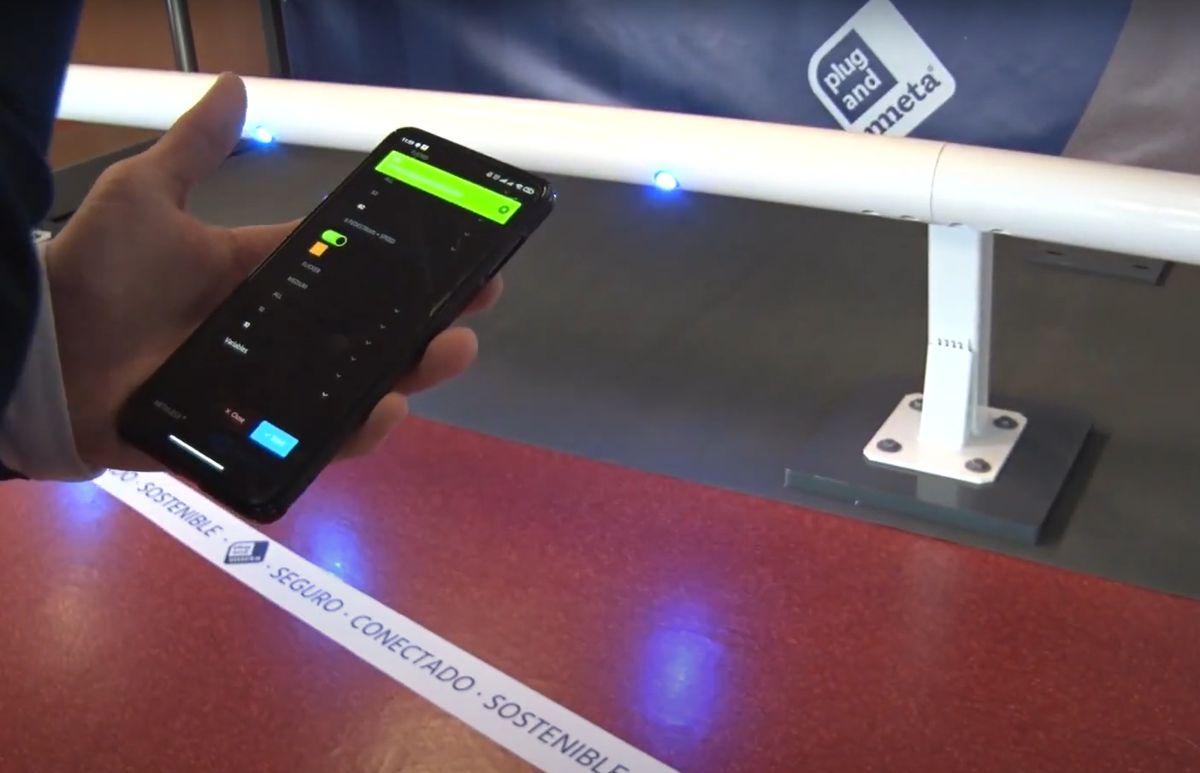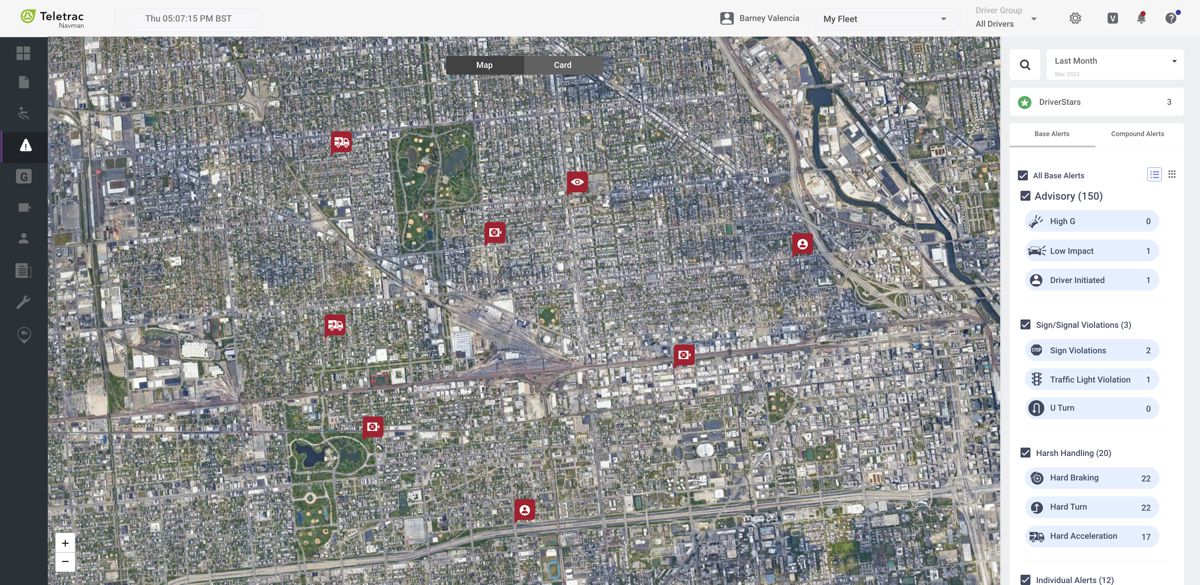As clocks Spring Forward, Teletrac Navman champions Summer Road Safety
As transport managers prepare for the clocks to go forward on March 27th in the UK, many will be looking forward to the operational benefits of longer days and more daylight hours. And with the positive impact that driving on a sunny spring day can have on driver wellbeing, commercial drivers will be welcoming the seasonal shift too.
Whilst these benefits are worth celebrating, it’s also key for road users to be aware of the potential hazards that are associated with driving in these conditions. When a motorist’s view is compromised by the glaring sun, whether that be at sunrise, sunset or throughout the day, it can contribute to road collisions. And with a high volume of road collisions occurring in sunny spring weather, it’s a topic transport managers need to be aware of.
Teletrac Navman’s road safety dashboard, which collects data from the Department for Transport report, highlights that in the Spring of 2020 13,855 accidents occurred during daylight hours, whilst only 4,250 occurred in the dark. What’s more, 22% of those accidents which happened in daylight hours were classified as ‘severe’.
These statistics highlight the prevalence of road collisions in sunny spring weather, but also prompt the question: what driving techniques can transport managers encourage in the sunnier spring months that will help safeguard their drivers and fleets?
Here are some practical tips transport operatives can remind their drivers of:
1. Prioritising visibility
Polarised sunglasses coated with a chemical filter helps to cut glare and are an effective tool in helping block the light waves which bounce off horizontal surfaces.
Utilising a vehicle’s sun visor and keeping the windshield and dashboard clear (inside and out) are also helpful tools that will improve visibility when drivers are on the road.
2. Distance
As with many difficult driving conditions, motorists should monitor their proximity with other vehicles. When the sun is in your eyes it can be hard to see what the car ahead is doing, so it pays to leave more room between you and the next vehicle.
The Driver and Vehicle Standards Agency recommends always allowing at least 2 seconds from the vehicle in front and doubling this distance when driving in bad conditions.
3. Monitor speed
Brighter daylight hours can often lead to more road accidents due to the ill-perceived ease of the driving conditions. In fact, summer drivers speed 21% more than winter drivers on motorways and are involved in more accidents with pedestrians, cyclists, and other motorists.
As such, it’s imperative that as the clocks go forward transport managers remind their fleet of the importance of monitoring speed. Those fleets armed with telematics can harness the insights provided by data to monitor performance and help advise on driving behaviour- in turn improving driver safety.
To help ensure best practices are maintained and driver performance is at its best, an in-cab management system can also be employed to help drivers. These solutions can provide drivers with real-time information about speed limits, idle times and fuel consumption, and feedback on driving behaviours.
Additionally, with the large volume of road collisions that occur during daylight hours in spring, telematics can help drivers change routes or modify schedules to avoid delays and disruptions.
As a global specialist in fleet management software, Teletrac Navman understands how leveraging data can help those in the transport sector improve road safety when faced with the associated dangers of driving in the sunnier months.
Article by Peter Millichap, Marketing Director at Teletrac Navman UK.













